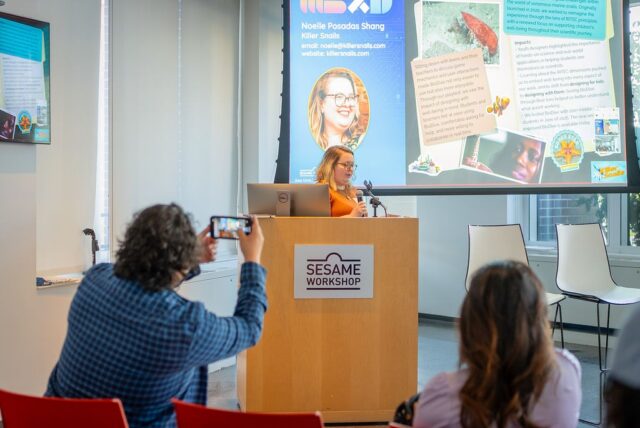
According to the National Assessment of Educational Progress (NAEP), about fifty percent of low-income fourth graders in our nation’s schools are unable to read at a basic level. In this report, Brown University’s Marilyn Jager Adams, a pioneer in literacy research and practice, points to evidence that speech recognition technology — which is widely used in telephone call-routing and directory assistance — can be tapped as a cost-effective and technically viable means to advance early childhood literacy. When coupled with effective pedagogy, voice recognition tools can provide valuable assessments that reach beyond the human capacities of the average public school classroom teacher. Adams argues that this emerging technology has the potential to offer real-time literacy support to every student by helping young children learn reading with the fluency needed to compete and cooperate in an increasingly complex age.

